Since youth the arts have been a constant element in the life of Cortney Lederer. Upon completing studies in studio arts, arts administration, and working with an array of arts organisations (Deeply Rooted, Blair Thomas, Links Hall, Chicago Artists Coalition), Lederer made a decision to take the big leap and start CNL Projects. Since 2016, Lederer has focused upon producing “impactful art experiences” in the Chicago area and beyond. This week, The COMP Magazine travelled up to Evanston to discuss with Lederer what prompted this focus in her professional career, how she juggles multiple ambitious projects simultaneously, the importance of quality public art, and ideas for future aesthetic experiences for the public domain.
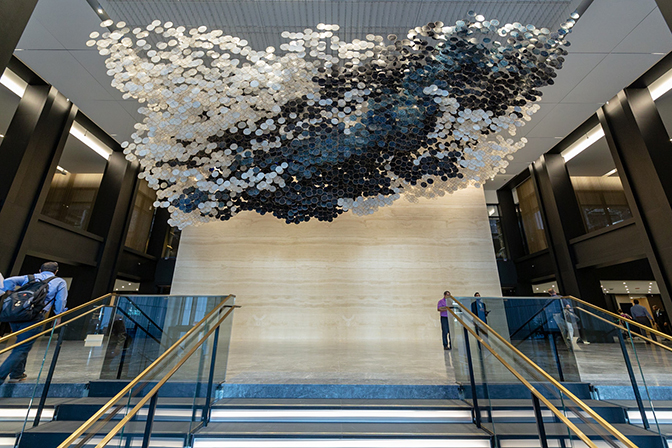
You launched CNL Projects in 2016 after working as the Director of Exhibition and Residencies at the Chicago Artists Coalition (CAC) and studying art in youth. Perhaps, we can step back further? I am wondering if you can share how, you initially gravitated to the visual arts? Were there any formidable experiences or individuals who gave rise to this life path?
My grandfather was a full-time artist and my father always experimented with art throughout his life and following retirement, paints full time. I have had the privilege of being surrounded by art throughout the entirety of my life. I grew up playing the piano and saxophone. I sang, danced, and did musical theater and dabbled in the visual arts in high school and college. I knew I wanted to make an impact in my work, so I studied in sociology in my undergraduate studies (thinking I would follow a career in social work) and simultaneously minored in photography. I found myself spending most of my time in the darkroom and combined my undergraduate studies with working with youth at alternative schools in the arts. After graduating, I moved back to Chicago and worked as a director of cultural arts for a few different after school programs and realized I needed more experience to create a deeper impact with the youth I was working with. So, I went back to school and got a BFA at the University of Victoria in British Columbia. It was an incredible experience. I explored so many materials, concepts, and ideas. I was welding large sculptures that were political in nature, working in fiberglass and latex and spending a lot of time in the studio. It was during my studies that I took my first curatorial practice class and produced my first exhibition. This experience helped me to understand that being in a studio wasn’t for me–I needed to be around people, around artists. I learned that working with artists was more inspiring to me than the process of making. I realized that my efforts were better served supporting artists and their work than trying to make my own. Being an artist can be so hard and perhaps even lonely. I just wasn’t cut out for it.
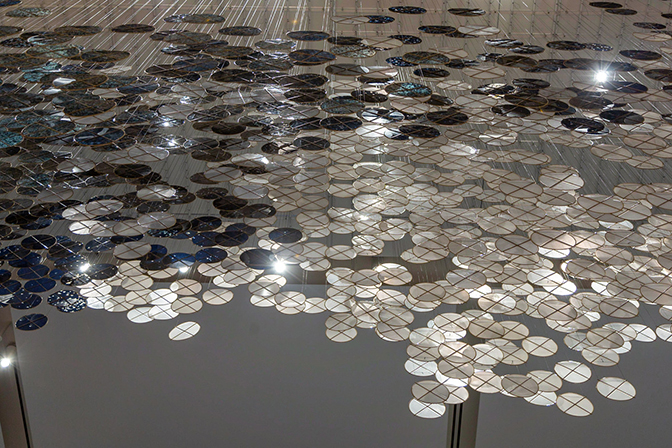
Artists are such creative, imaginative thinkers. Artists challenge our way of thinking about the world and offer creative solutions to imagine something better. They create beauty in the most unexpected of places and capture our emotion in sometimes indescribable ways. The artists I work with are community driven and committed to social justice. I am inspired by the work of artists and believe they are the real change makers in the world. I wanted to follow their lead and help them to realize their ideas while making a career of it.
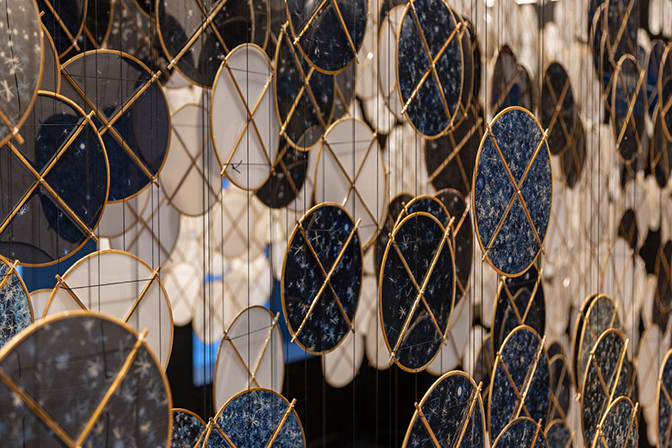
After graduating, I moved back to Chicago, applied and was accepted into the dual Master’s degree program in arts administration and policy and art history at the School of the Art Institute of Chicago. I studied there for three years. Following this degree, I managed a dance company (Deeply Rooted), a contemporary puppeteer company (Blair Thomas) and worked at Links Hall before starting my job at The Chicago Artists Coalition (CAC) as the Director of Exhibitions and Residencies. It was the job at CAC, working with artists, that taught me so much and defined my approach to my practice. I was able to design two artist residency programs and manage our special projects placing local artists’ work outside of our programs. I designed a Midwest artist exchange and produced professional development programming for artists. My artist residencies were co-designed with the artists I was working with, and were a direct response to their needs, which is why I believe the programs were successful at the time. It shaped my approach to developing and designing programs today.
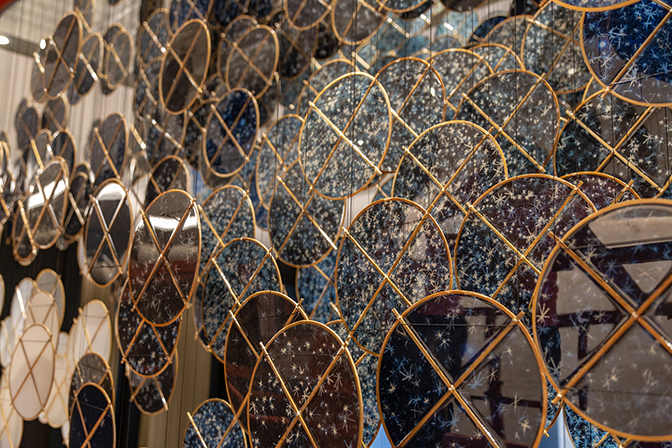
After three years with the organization, I gave birth to my first child. CACs programs were sustainable and running, but my capacity to maintain the schedule I created with artists’ best interests in mind was also becoming challenging for me to keep up with, given I had a small child at home. Despite conflicting feelings to leave an organization that defined me and my community, I decided it was time to take the risk to start my own business. Although it was such a hard choice, it was absolutely the right one. It was time for me to explore what it would be like to freelance and design my own opportunities for artists. I wanted to experiment with new projects while supporting the work with artists creatively and financially. I also wanted the flexibility to make my own hours and manage my family life. When I let folks in the community know I was leaving CAC, I was lucky enough to be offered a few consulting gigs right away, along with a teaching job at SAIC. I let the opportunities that came my way help to define what CNL Projects is today. This has created the strategic vision for the organization–to provide artists and organizations with a platform to creatively produce impactful art experiences and advocate for the value of art and culture in our daily lives.
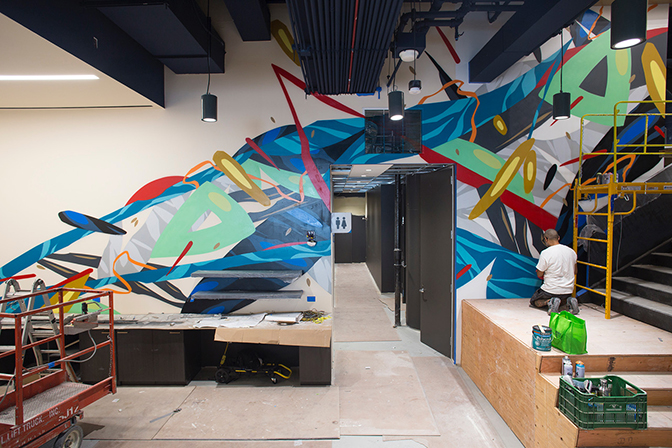
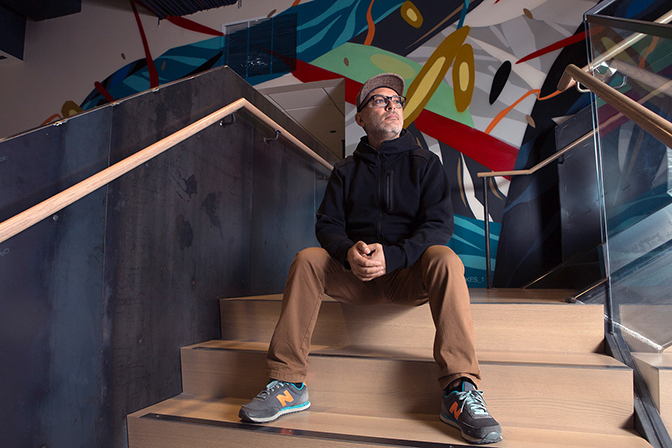
You wear many hats, art advisor, project coordinator, working with local and international artists on ambitious projects. With these varied activities, you are charged with a lofty task. Can you share with us your day-to-day? How do you prioritize?
My day-to-day is quite varied, which I find to be exciting and refreshing. I like the diversity of my work, which is why I love working for myself. I select projects that share my values and support my mission — that, too, is a privilege and I am conscious of that every day. My day-to-day might consist of preparing for my classes as an adjunct professor in the arts administration and policy department at SAIC, visiting a park district site for E(art)H Chicago’s public art initiative, studio and gallery visits or researching artists and creating RFPs for a client. Prioritizing is an evolving practice. Some days, I feel so behind and others, are nice and slow. It really is the ebb and flow of working freelance.
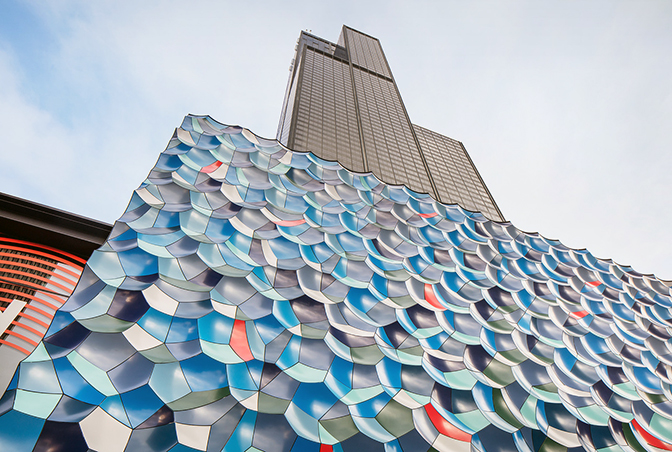
In looking at the various clients and projects (Willis Tower, Art-In-Place, Marwen) I see you are often charged with curatorial and professional decisions that illustrate a need to understand and apply differing approaches pending upon outcome and audience. Are there any specific challenges you see in these pursuits?
My work is centered on my relationships–the relationships I have with artists/cultural workers and the relationships I have with my clients. Everything must be in balance and there are often many different stakeholders to manage. Most importantly, the folks I am working with must trust me and my work must result in a deliverable, that in the end, everyone feels positive about.
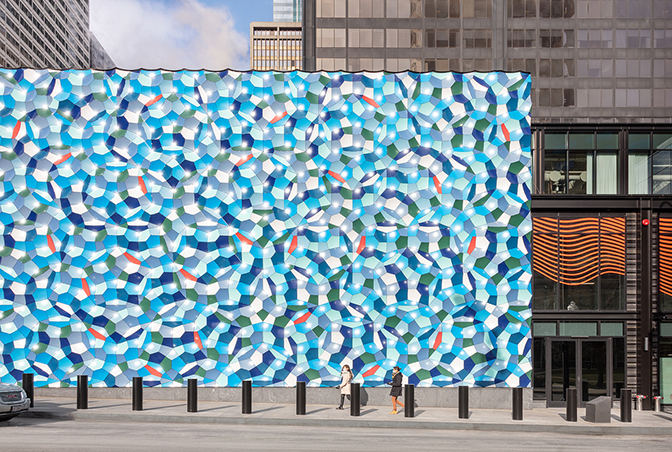
There is a lot of risk involved in making and exhibiting an installation or an artwork. The process can be one that is comprised of a lot of emotion—both on the artist, client, and curatorial end. Communication is everything. Picking up the phone or talking in person to deal with issues is critical.
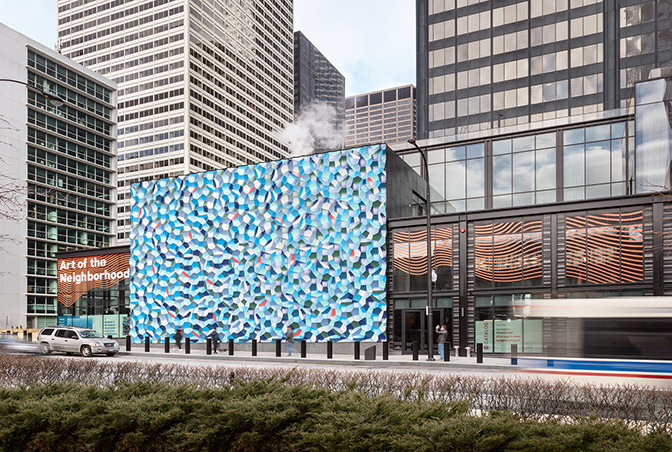
The challenge around my work is educating folks outside of the art world about the labor involved to produce an artwork. That an artist needs to be valued, supported, and paid fairly for their labor. This is a key part of my work and practice. I often say that folks will spend $10,000 on a coffee machine for their employees, but want to spend very little when it comes to art. I have been fortunate to work with clients who value and support art, but anyone working in our sector, including artists, must continue to advocate for artists being compensated for their work.
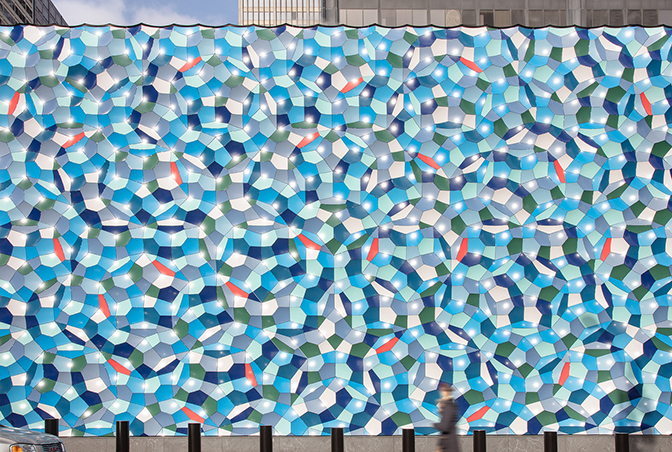
One of my consistent aesthetic interests has resided in the production of art experiences in the public domain for random passersby. This appears central to CNL Project’s efforts. Why do you see this of importance? How do you identify what will work best and engage the audience for specific environments/locations?
We know our sector can be very exclusionary. We often have incredibly dynamic conversations repeatedly with ourselves. We create spaces where people feel they don’t belong, where they don’t feel invited, where they don’t speak or understand the language. If we believe in equity, if we want the arts to have meaning and impact outside of the gallery walls and performance venues that often only welcome a few—how might we consider engaging in conversations outside of these walls, with other sectors and fields to drive impact, grow as artists and cultural workers and build new audiences for our work? Working to curate art in public space is one way to do that. Inviting an audience to stumble upon a work of art that that is thoughtfully curated into a public space can often create more memorable and thought-provoking experiences.
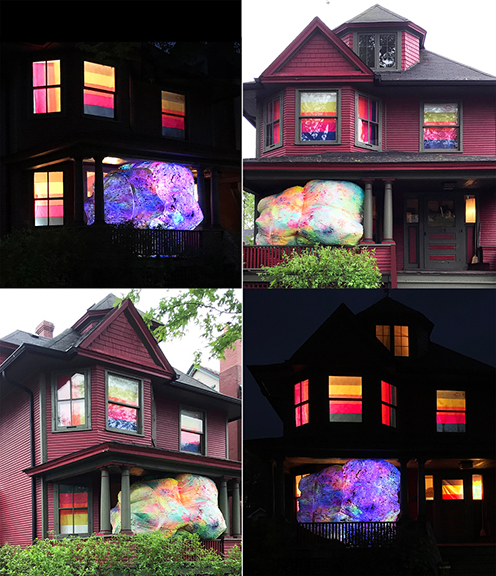
In this moment, within the uncertainty and the chaos—there is a real opening for deep change. There is a sense of urgency—to rethink and reconsider everything in front of us—to redesign our future and to be responsive to the myriad of needs around us. It is because of artists that we can imagine new possibilities and design solutions that create a better future. Moving art outside of an institution and into the public can provide access to radical new imaginings and can lead to real change.
It was Terrain Exhibitions and the legacy, generosity and efforts of the late artist Sabina Ott and the responsiveness of artists during the pandemic, which has really helped me to realize the impact and potential of art in the public realm.
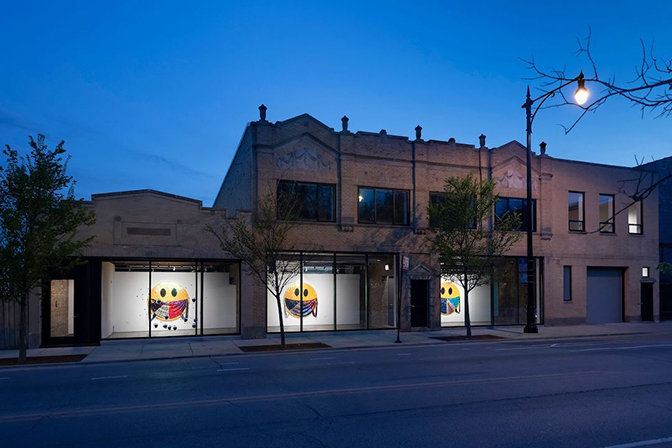
In addition to commercial clients, you frequently support and work with Chicago artists on experimental exhibitions. One example that comes to mind is the collaboration between CNL Projects and Terrain Exhibitions. What prompted this partnership? Can you share thoughts on this activity?
At the onset of the pandemic, I felt the need to respond to what I was hearing from artists and what I was feeling in response.
As COVID-19 hit, folks were transitioning into virtual programming. I initially jumped into hosting 6 studio visits a week with artists from all over the country and invited 6018North to join and hosted a virtual PROMPT event. This was so useful and needed, but I began to feel inundated by the virtual world.
I was attempting to homeschool my two young kids and was relying on nearly ten different online platforms that were new and confusing. Things changed from being a family that had never even used an iPad with our kids, to being on the computer all day long.
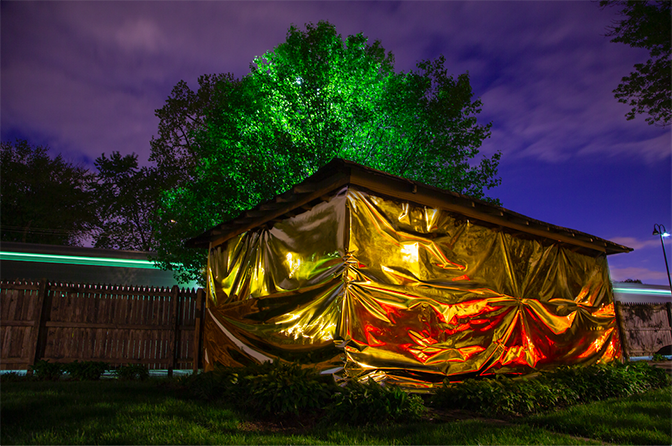
At the same time, in my professional world, galleries had created virtual viewing rooms that were outstanding, and arts organizations were producing incredible panels and discussions that were needed. But again, I found it overwhelming after being in Zoom meetings all day. Also, the experience of art on screen is just so drastically different. There’s still a need for other avenues to experience art apart from the virtual.
Having participated in Terrain Exhibitions by curating my residential block in Evanston, I immediately thought of the accessibility and success of their organization’s platform for experiencing art. I wrote to the Terrain team, and they responded immediately. They had already been in the process of putting together a call to their artists, so we decided to collaborate. The collaboration was fast, easy, and seamless. We shared similar goals, were fluid in communication, and divided roles in a way that felt manageable for each of us. It was a true collaboration. We just made it happen.
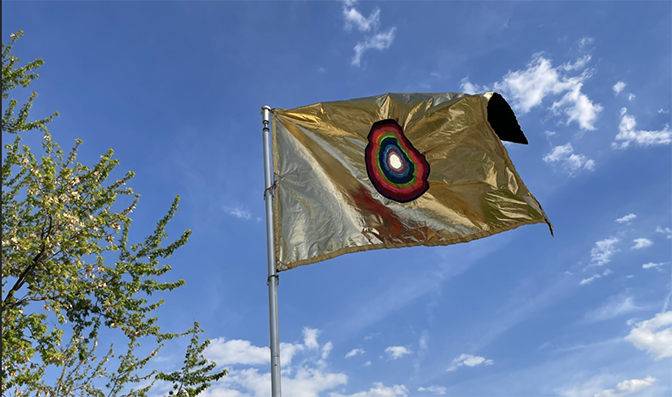
ART-IN-PLACE was a rapid response to a need. A need to look to artists to do what they do best—to provoke thought, stimulate dialogue, and to connect with others.
Given the pandemic, we wanted to move art outside of the virtual world in a way that was safe—to invite folks in a way that they could walk and experience art in person. The project invited artists to exhibit an original work of art outside their home between May and August 2020
We wanted to give folks something to do. We wanted to create an opportunity for artists to collaborate and connect with one another, despite isolation. We wanted artists to have a platform to exhibit their work, because so many exhibition plans had been cancelled.
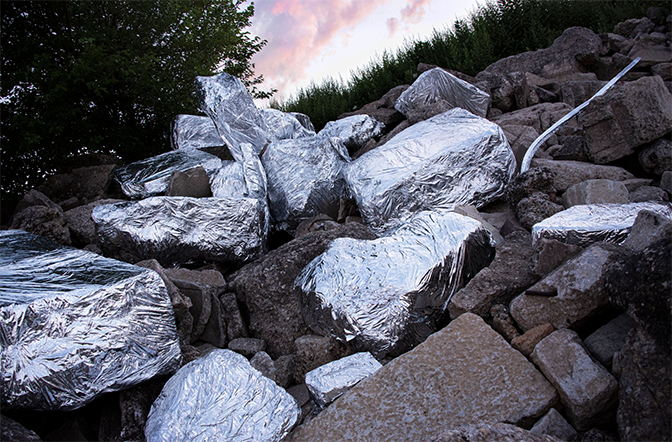
This collective exhibition displayed the work of 400 artists across the world including Peru, Israel, Japan, India, London, Mexico, Chicago, New York, North Carolina, and other cities around the country. The intention was to provide a sense of hope and connectivity through the experience of public art during an unprecedented moment of isolation. Of those 400 artists, they range from very established artists such as Nick Cave, to 16-year-old Myles Sweet Wakefield Jenkins who’s stuck at home and decided to throw a fabricated leg out of his apartment window. There’s also, for example, a mother and her toddler daughter making work together at their home.
Everyone who submitted was automatically accepted to the program. We didn’t want to limit anyone nor dictate what could and should not be shown. The only stipulation was that the public must be able to safely access the work and that a portion of the proceeds from sales benefited the Arts for Illinois Relief Fund and Black-led organizations/efforts.
Again, what I admire so much about the partner organization for Art-In-Place, Terrain Exhibitions—and the late artist Sabina Ott–is that Terrain was and is always intended to be open source. Art-In-Place received several calls asking if the model could be replicated in other cities. Honoring Sabina’s profound legacy, we’ve shared our model and resources, inviting anyone interested to use what we created to start a version in their home city.
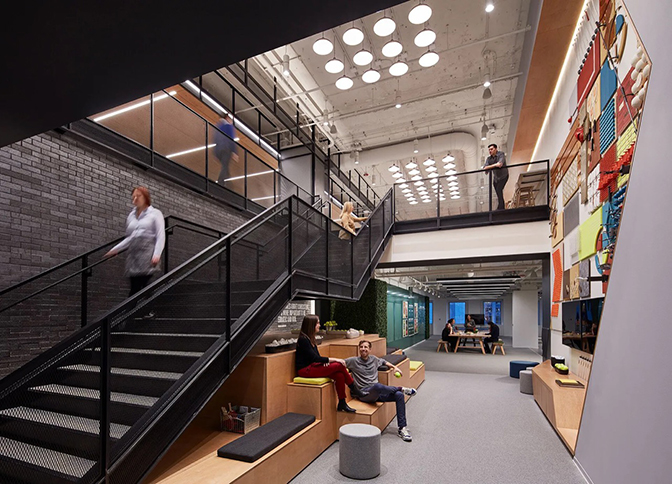
This summer, our teams at CNL Projects and Terrain Exhibitions once again felt compelled to respond to the state of our country. We invited artists to consider the relentless, ongoing violence epidemic —not only overt gun violence, but the continued multifaceted violence’s of anti-Blackness and racism, transphobia and homophobia, gender-based violence, violence and harm done to Disabled people, and the exploitation of the environment. ART-IN-PLACE provides a structure to amplify artists’ voices in public space around these urgent, complex topics. We look to public art as a tool to engage us in thoughtful dialogue, community connection, and much-needed action to promote change. We are using art to reclaim our human rights.
Artists of any medium and experience level were invited to respond to the current state of our country by exhibiting an original work of art or performance in public. Over one-hundred artworks/performances are displayed outside a home, on a lawn, from a window visible to the public, or through an artist-formed partnership with a local business across the globe.
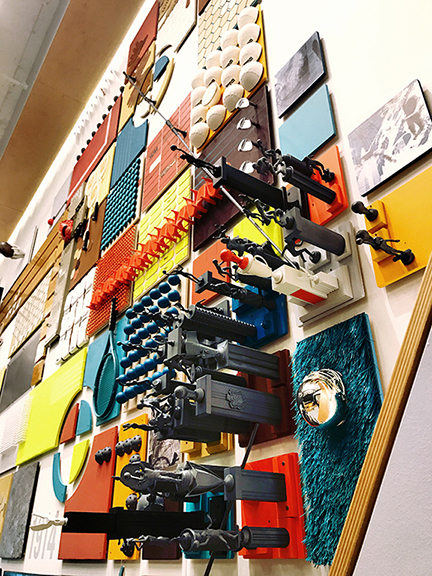
Over 100 artists nationwide are participating in the relaunch of ART-IN-PLACE between September 1-October 15, 2022. To view the work, please visit artinplace.net.
We have been living through a complex and challenging period. There have been feelings of loss, anguish, anxiety, and hopelessness. The pandemic and acts of racial violence have further exemplified the inequities in this country and across the world.

The last several years have revealed that there is so much possibility in front of us.
We have witnessed that change is possible, that collective will, determination, and activism can bring about justice. We have seen that there is community, beauty, love, and care that surrounds us.
Artists have played a major role in shedding the light on this. If there was ever a time to share evidence around arts impact on our daily lives, we can reflect on the last two years. During the pandemic, what did folks turn to help them get through this time? It has been Film, music, literature, virtual dance parties, virtual concerts and theater, music. The arts bring us hope. It has connected us during times of isolation. It has contributed to our health and our wellness, emotionally and physically. The arts have helped us to reflect on the chaos of this moment and consider new approaches, new languages, and new possibilities. The arts have created collective action, brought peace, solidarity and even sanity. It has been the arts that have been there for us all.
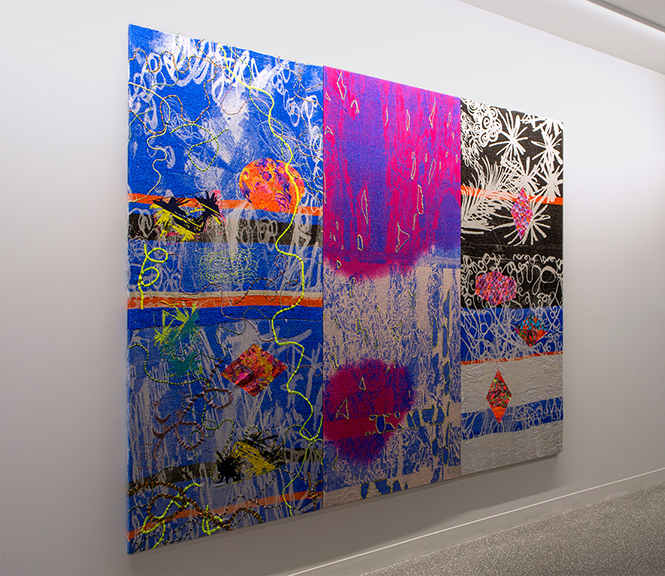
Is there a “dream” project you would love to work upon? Any specific artists or ideas you feel need representation?
My dream is to be able to take the lead and start to create more avenues for public art in the way ART-IN-PLACE has come together. Artists have helped us to make sense out of the chaos of this moment, developed new languages to communicate, and created paths of resistance. At times, artist have offered us moments of respite and solace, and at others they have revealed difficult truths that we had yet to see and understand. We need art now more than ever and its artists that will help us to radically imagine our future and design the innovative solutions we need to get us through.
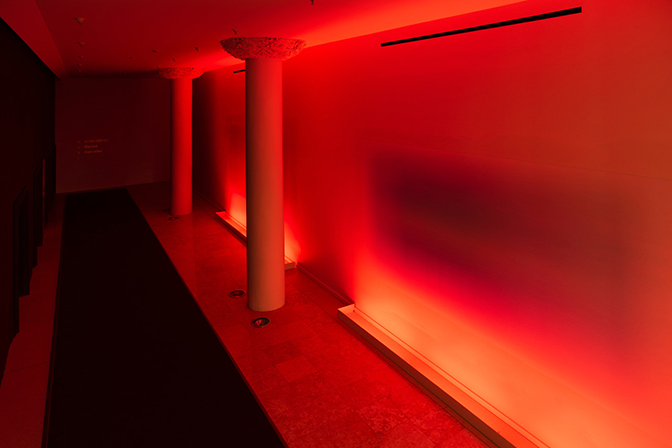
I would love for someone to give me a big chunk of change, who trusts in my work, who believes in the value of art and offer me the opportunity to produce a dynamic public art program. For example, I would love to work on a project to produce more public art in our city—to bring international and local artists together to disinvested neighborhoods and design impactful programming to make real connections to the artwork. I would bring in artists like Nick Cave, Doris Salcedo, Olafur Eliasson, Jacob Hashimoto, Mona Hatoum, Teresita Fernandez, DO HO SUH along with our amazing local artists to produce something unforgettable. I also dream of starting a fashion/artist line, as well as selling artists work through a unique channel that I may try and launch next year. The dream projects never stop. I just need more time and capacity. I also wish I could start a business that provides artists with the support they need in marketing and promotion, website development, sales, grant writing and other professional resources to remove that burden from their practice so they can focus on making. There is a business model for that, but I just don’t have the bandwidth to start it! Someone should.
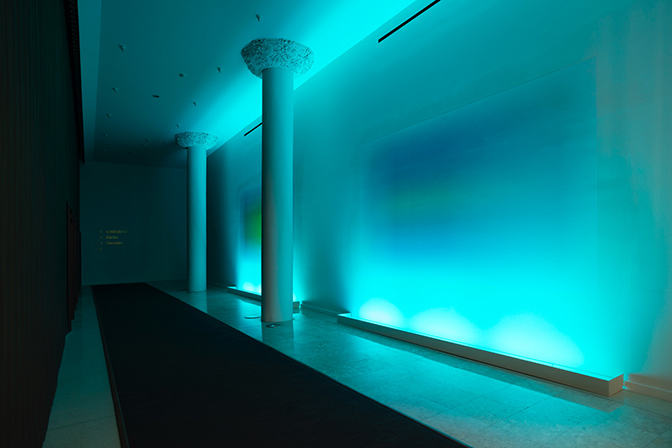
What’s CNL Projects currently working upon? Do you have any projects in process that will land later this year or in 2023?
I am working on a public art project in Seattle and have curated a collection of work by several dynamic pacific northwest artists that will launch spring 2023. I believe that folks will visit this landmark building, not only because of its architectural beauty, design and amenities, but because of its art collection that will draw folks from all over the country.
In addition, this summer 2023, I am working with a brilliant team to serve as an art advisor for an initiative called E(art)H Chicago. Pronounced “Earth Art Chicago,” the program is a citywide community-based art initiative to raise awareness, create dialogue, and inspire action on climate change, natural resource use, and environmental justice. E(art)H Chicago will highlight local artists and communities directly impacted by industrially polluted corridors, centering voices typically left out of the climate conversation.
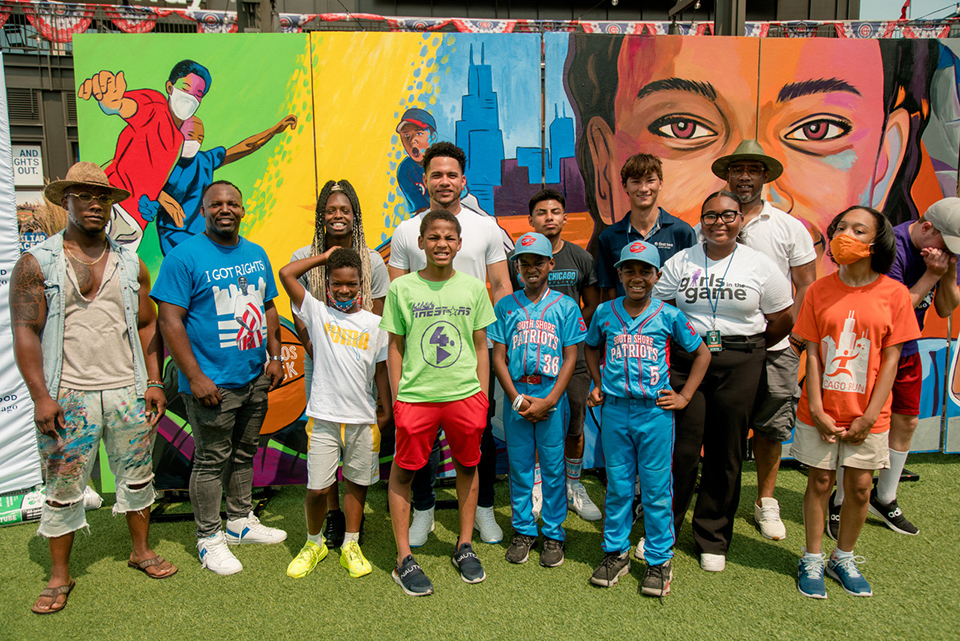
Citywide display of nearly $550,000 in funded artworks across 11 Chicago neighborhoods, including downtown, will start in June 2023 and will create an interconnected experience of art and the environment.
Each public artwork (physical art installations and performances) will educate, inspire, and encourage people to take action and explore all of the art pieces throughout the city.
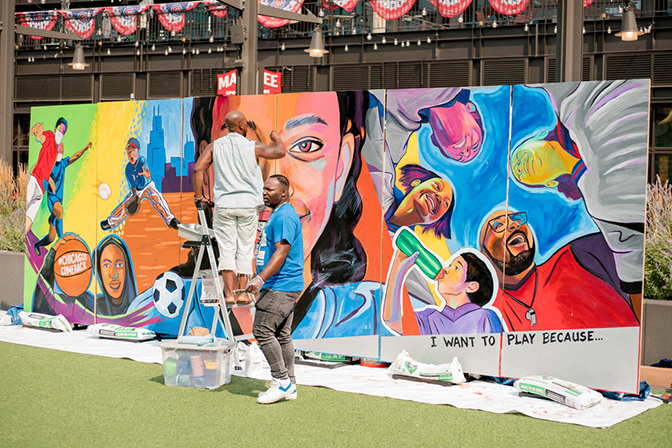
For additional Information on CNL Projects, please visit:
CNL Projects – https://www.cnlprojects.org
Cortney Lederer on Instagram – https://www.instagram.com/cnlprojects/?hl=en
Colossal – https://www.thisiscolossal.com/2021/01/olafur-eliasson-wave-chicago/
Architectural Digest – https://www.architecturaldigest.com/story/olafur-eliassons-chicago-new-art-installation-captures-shifting-sunlight-and-a-changing-climate
New City – https://www.newcity.com/2021/01/13/this-week-in-the-culture-january-13-2021/
Chicago Morning Star – https://chicagomorningstar.com/cnl-projects-and-terrain-exhibitions-launch-art-in-place-initiative
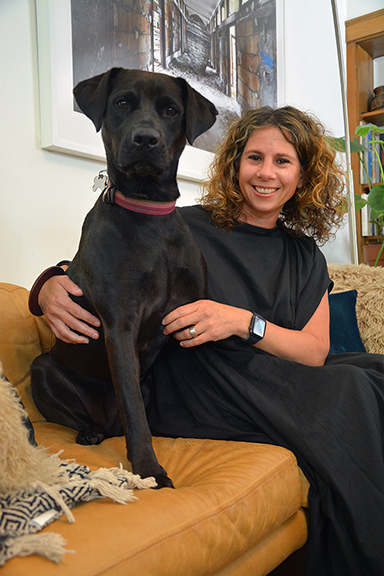
Evanston, Illinois, 2022
Interview and portrait by Chester Alamo-Costello


